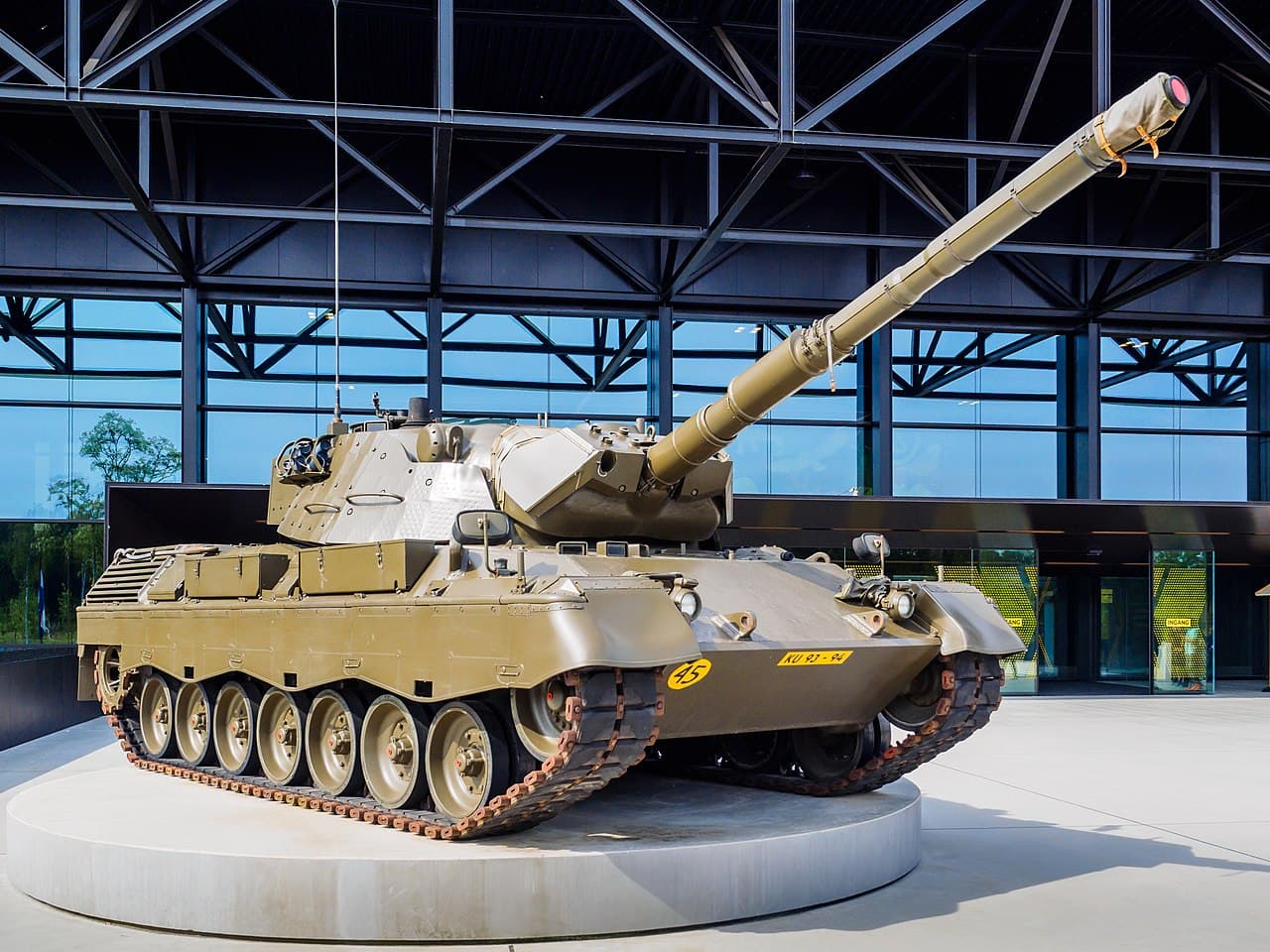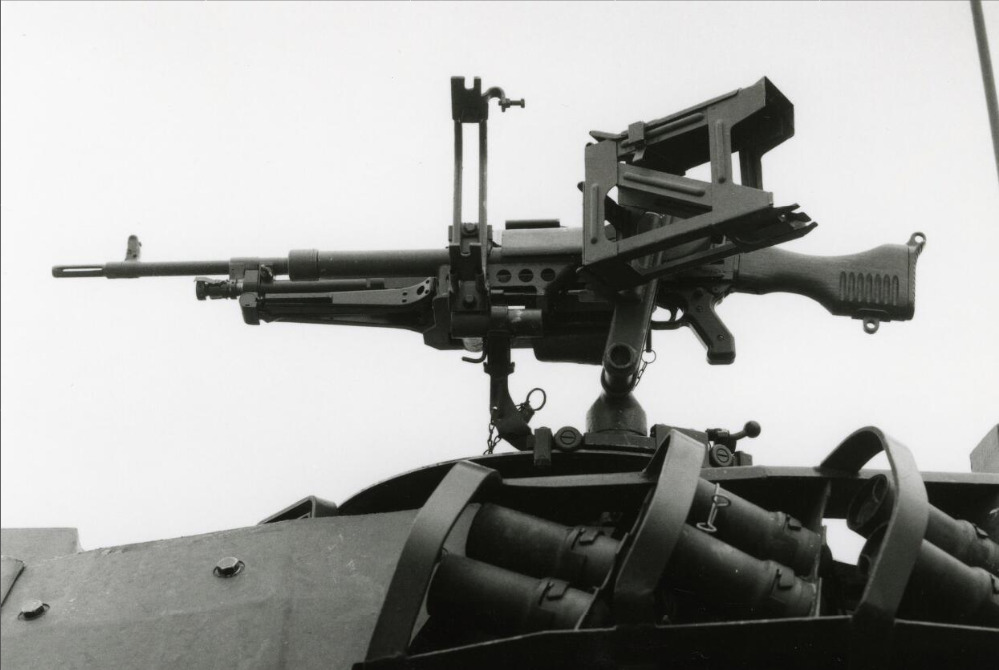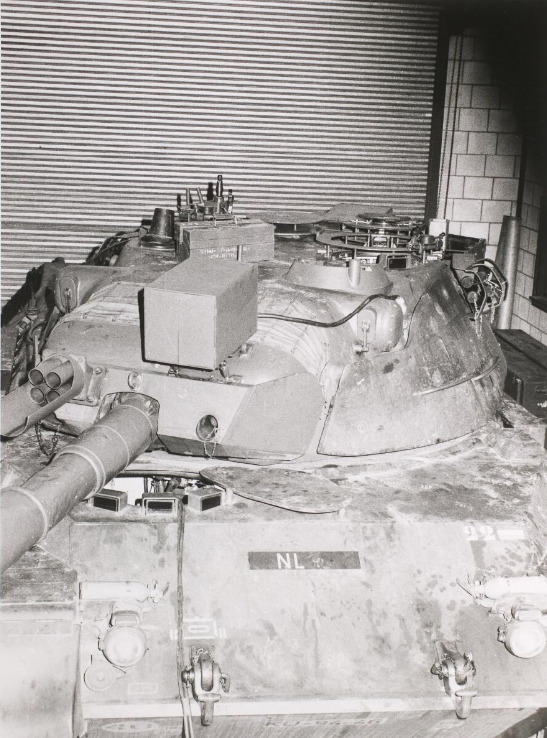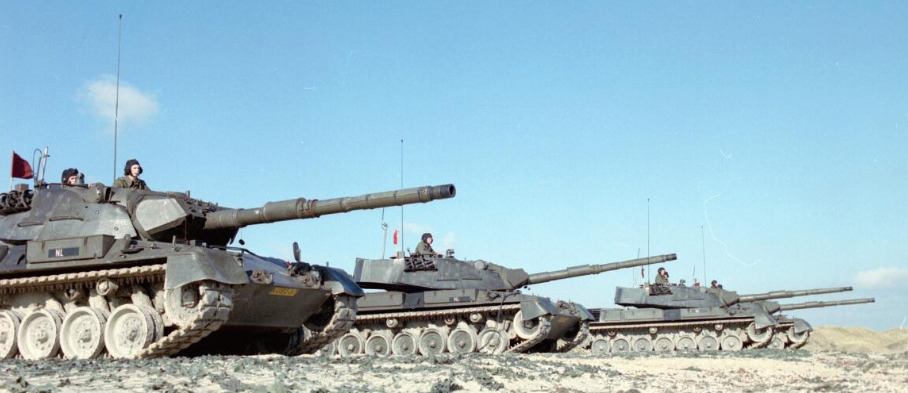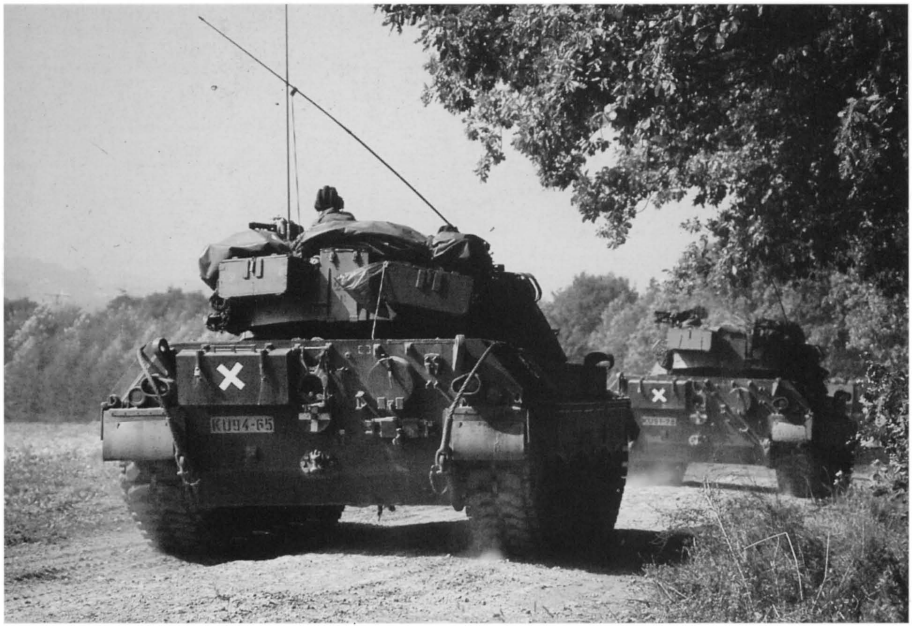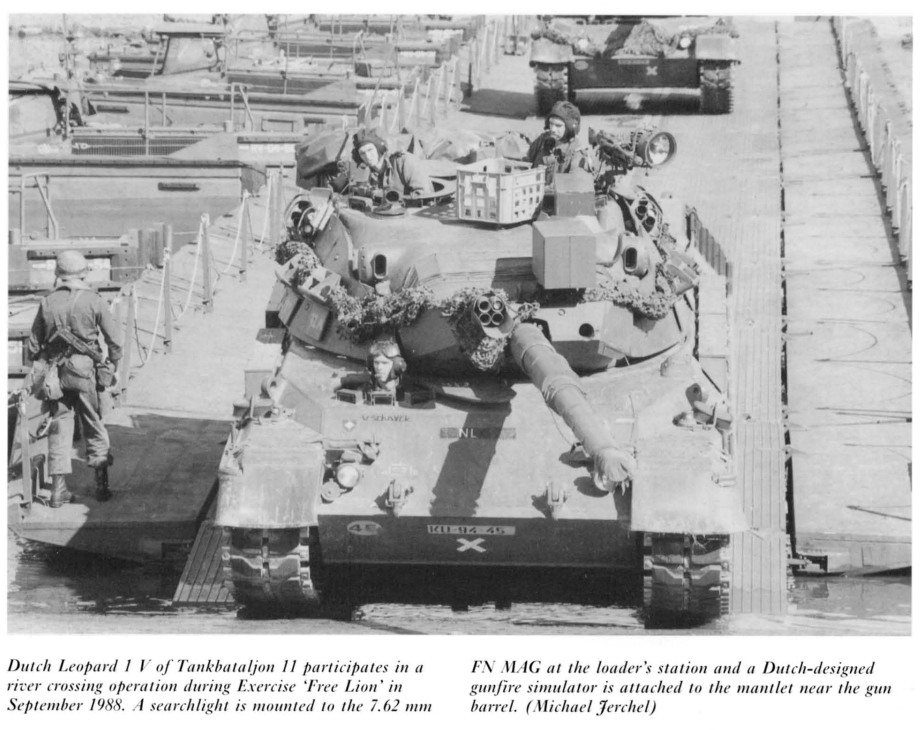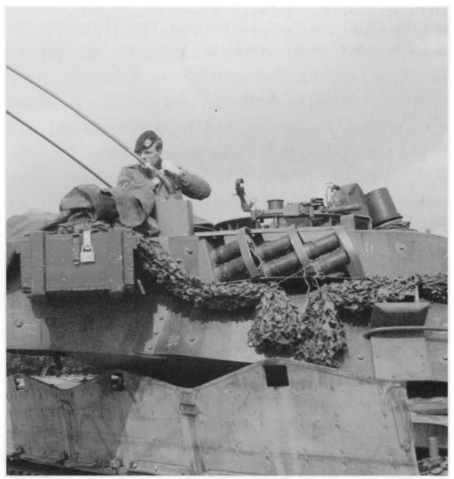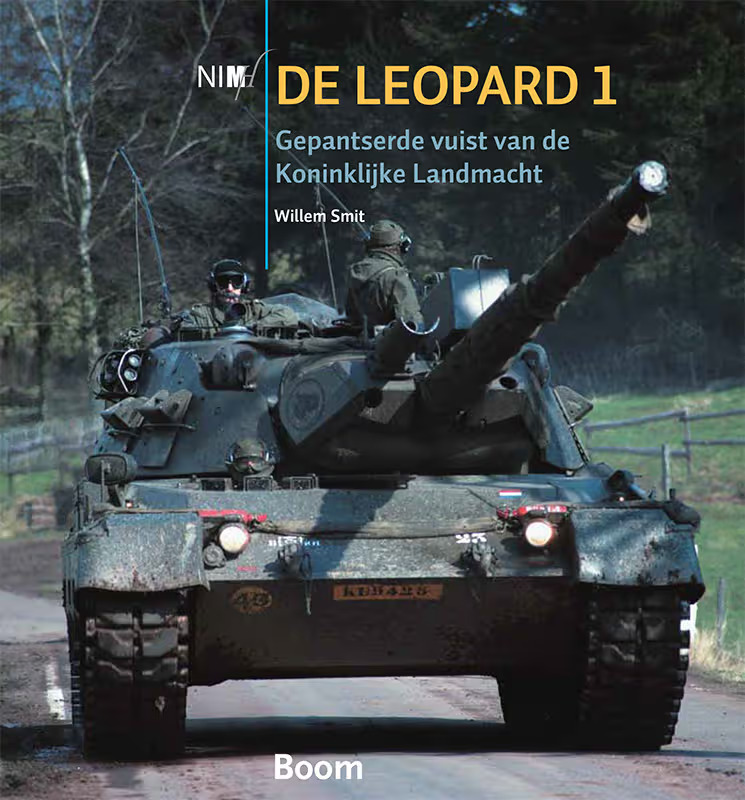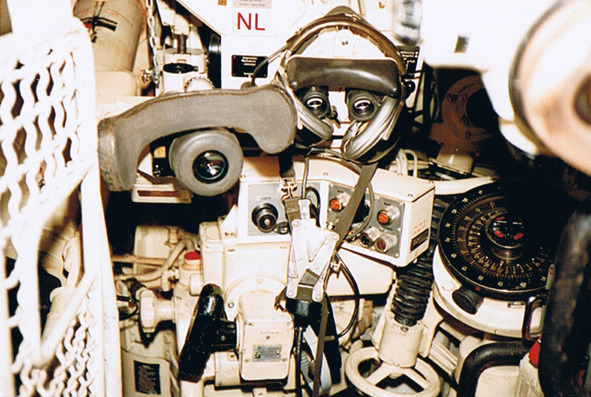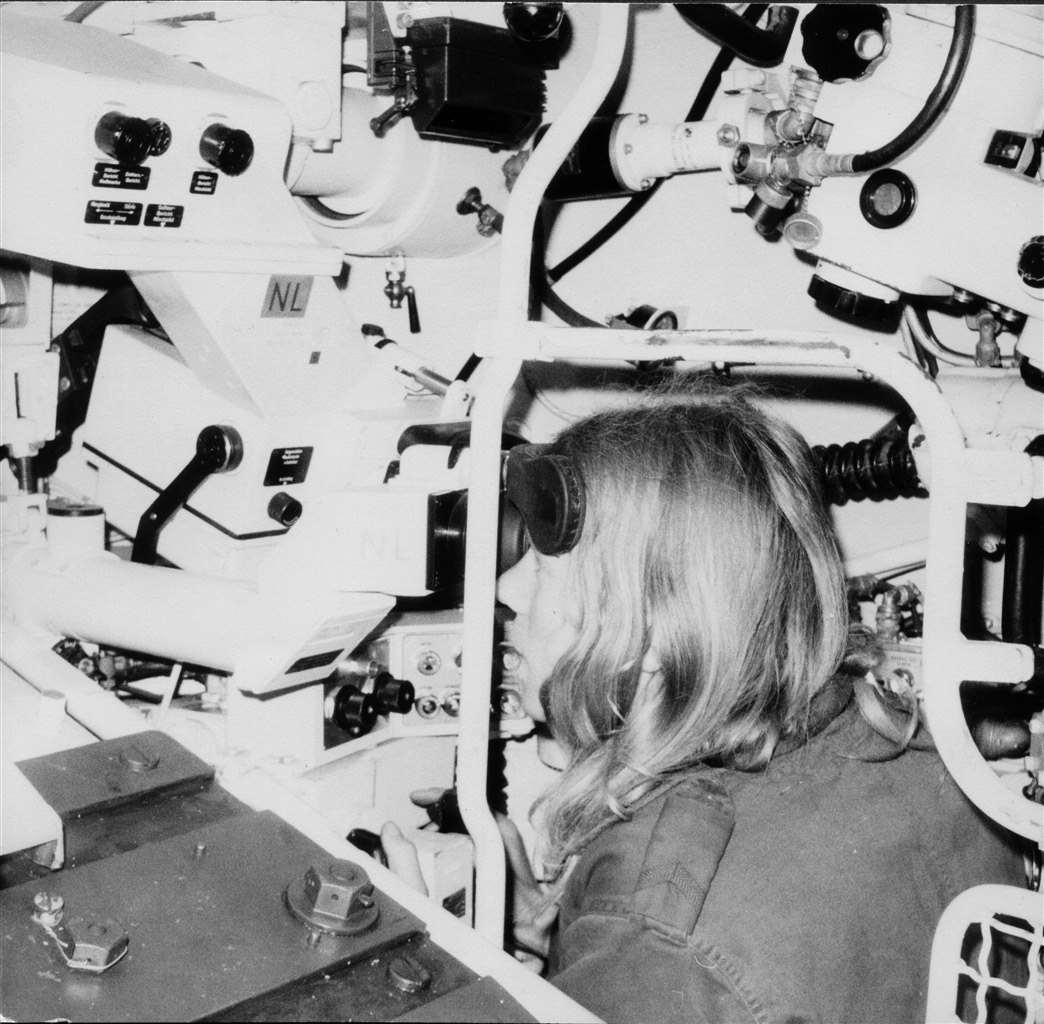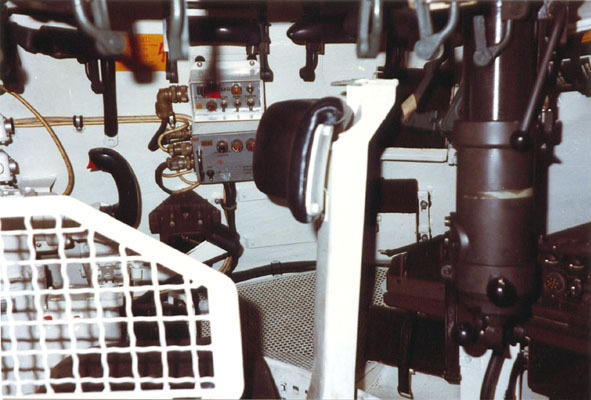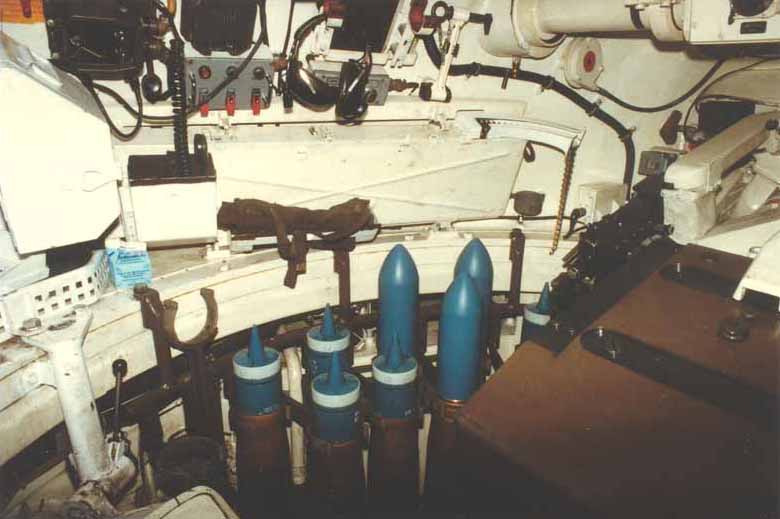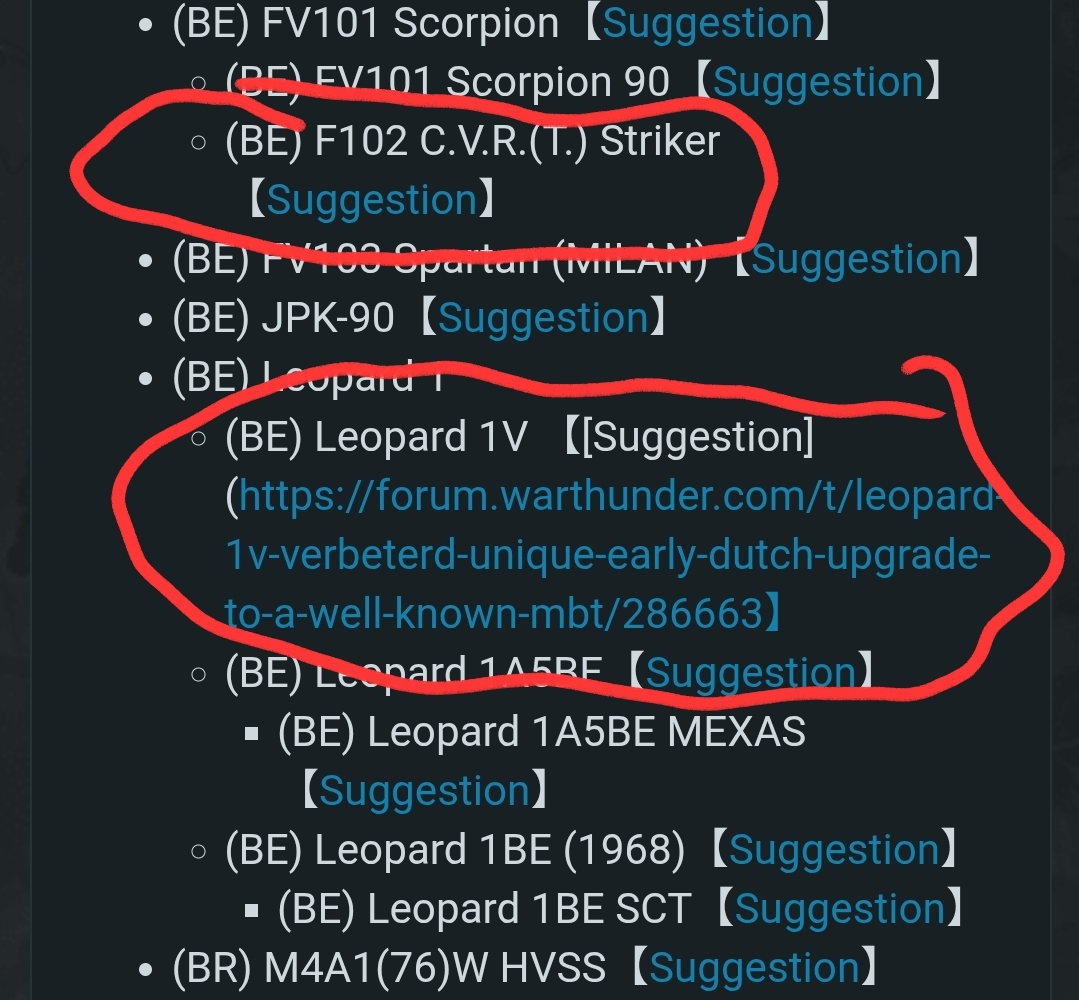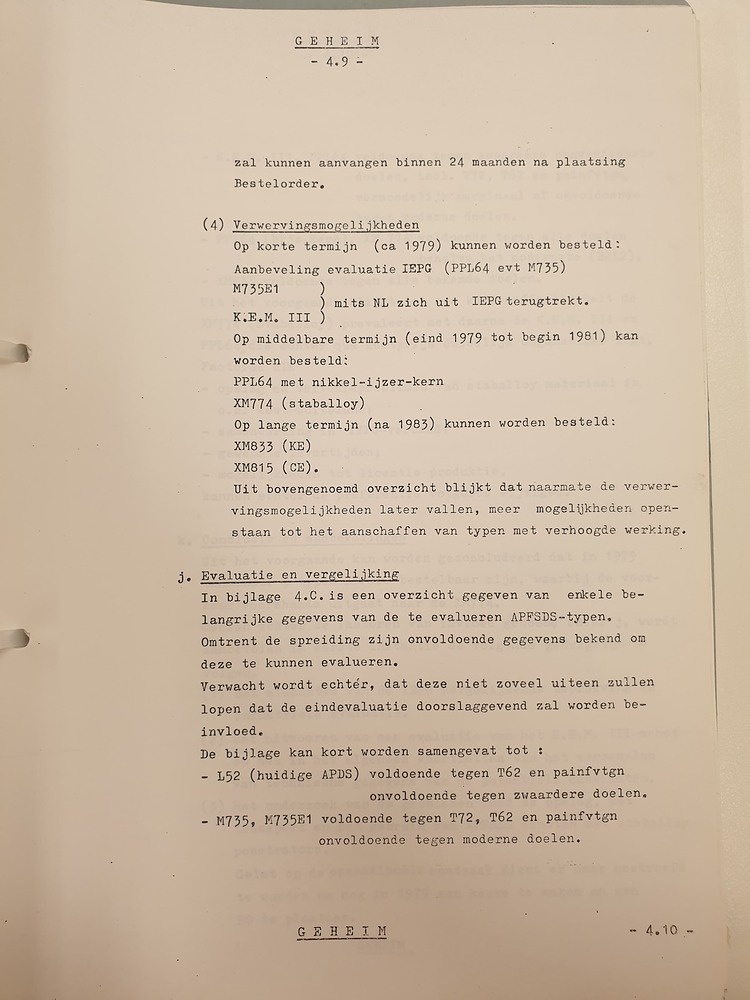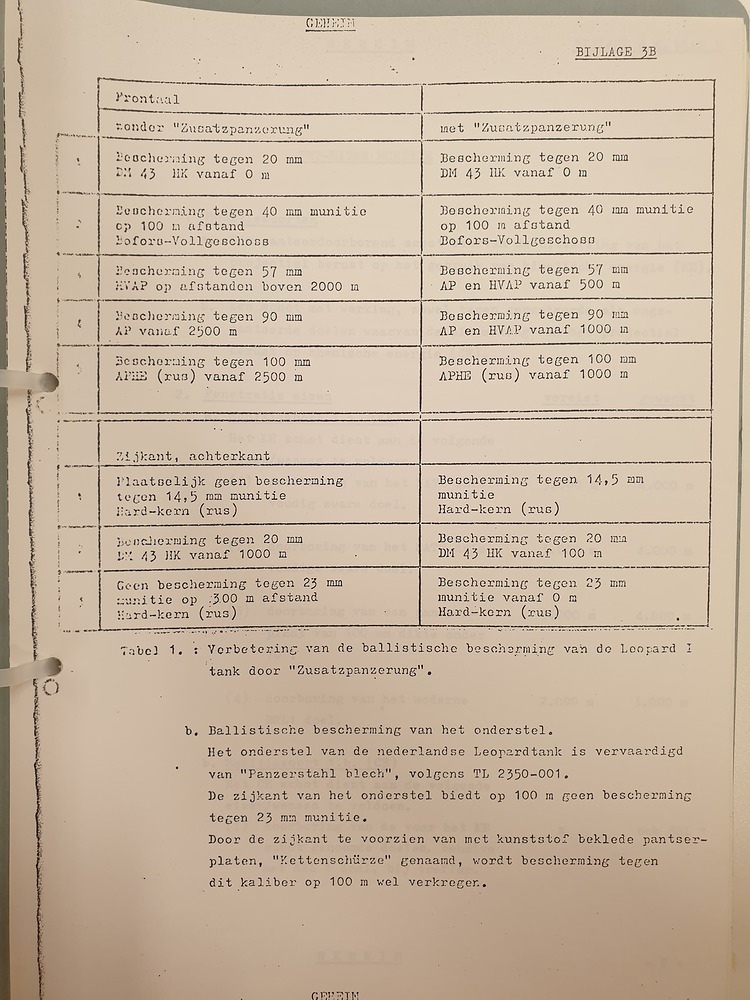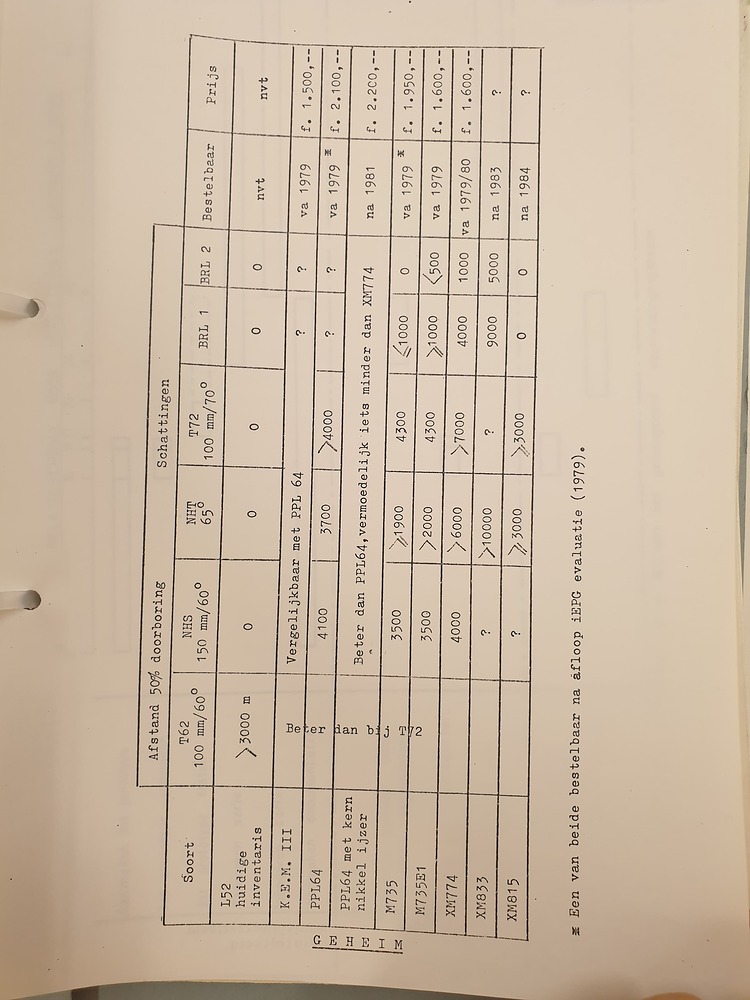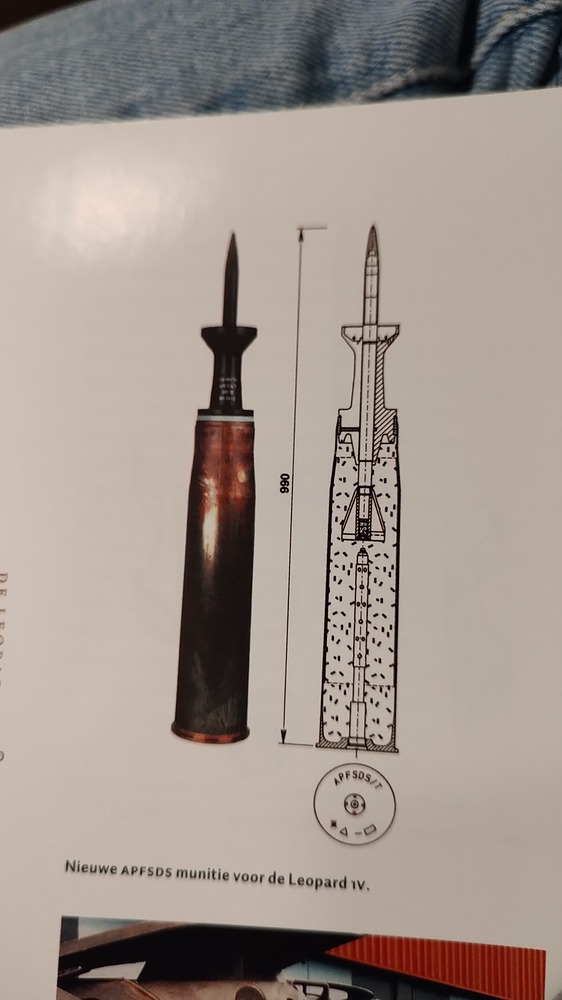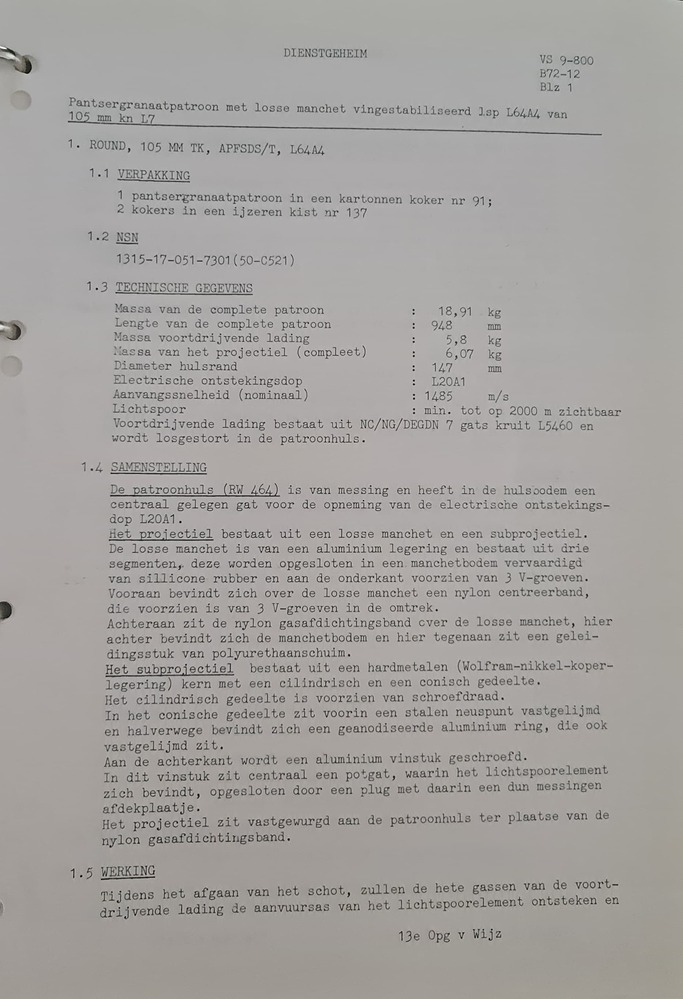- Yes
- No
- (independent) BeNeLux tree
- France: BeNeLux subtree
- Dutch (sub)tree
- Germany
- No/Negative
TL;DR: The Dutch Leopard 1V: an upgraded Cold War Leopard 1 with advanced fire-control, stabilization, and armour improvements.
History
History
The story of the Dutch Leopard 1 begins in 1969, when the Netherlands acquired 468 Leopard 1 tanks from the fourth German production batch to replace its aging Centurion fleet. The purchase followed extensive evaluation and political debate during the mid-1960s, with the Leopard ultimately chosen over the British Chieftain due to its superior mobility, proven reliability, and NATO standardization benefits.
Between 1970 and 1972, all tanks were delivered and distributed across the Royal Netherlands Army’s armoured battalions. Dutch Leopards received minor national modifications, such as FN MAG machine guns instead of MG3s, U.S.-made radios, and a unique smoke launcher configuration with three twin-barrel sets on each turret side. These differences gave the Dutch Leopards a distinctive appearance among NATO forces.
By the early 1980s, it was evident that the original Leopard 1 could no longer compete with newer Soviet tanks such as the T-64 and T-72. To bridge the gap until the arrival of the Leopard 2, the Netherlands initiated the Leopard 1V (Verbeterd) modernization program. The goal was to extend the tank’s operational life through a comprehensive systems upgrade rather than full replacement.
The upgrade, completed between 1985 and 1987, included several major improvements. Most notably, the EMES 12A3 AFSL-2 fire-control system, co-developed by Honeywell and Zeiss, provided a digital ballistic computer, a laser rangefinder, and a two-axis stabilizer; allowing for accurate fire on the move. Additionally, Blohm & Voss installed spaced applique armour on the turret, significantly improving protection against HEAT and kinetic rounds. Optics were also modified to accommodate British L28A1 ammunition, and the tanks retained their reliable 105 mm L7A3 gun.
However, the program was not without problems. During trials in 1983, widespread issues with the fire-control system caused temporary inoperability during a heightened NATO alert, which delayed the rollout and increased costs (Jerchel & Kuffert, 1996). Still, once in service, the Leopard 1V provided the Netherlands with a capable, modernized MBT during the last decade of the Cold War.
Throughout the 1980s, Leopard 1Vs served within the I (Netherlands) Corps under NORTHAG (Northern Army Group), forming the core of Dutch mechanized divisions. The tanks participated in numerous major NATO and national exercises, including REFORGER, Lionheart (1984), and Certain Shield, demonstrating mobility and integration within combined-arm operations.
The Leopard 1V remained in front-line service until 1995, when it was gradually replaced by the Leopard 2A4 and 2A5. Many retired tanks were sold to Greece (170) and Chile (200), while others were converted for engineering use, used as training platforms, or preserved in museums. Despite never seeing combat, the Leopard 1V symbolized the Netherlands’ modernization drive and its active role in NATO’s Cold War deterrence.
Operational History & Exercises
Operational Use and Exercises
The Leopard 1V never engaged in combat but played an essential role in the Netherlands’ contribution to NATO’s Cold War readiness. Dutch armoured battalions participated in a series of high-profile multinational exercises designed to test large-scale mobility, interoperability, and combat readiness.
Key Exercises:
- REFORGER (Return of Forces to Germany): Conducted annually between 1969 and 1993. Dutch Leopard 1Vs participated in multiple iterations, including REFORGER ’82 and REFORGER ’88, focusing on rapid deployment and armoured counterattacks in northern Germany.
- Exercise Lionheart (1984): One of NATO’s largest post-war manoeuvres, involving over 130,000 troops. Dutch Leopard 1Vs operated alongside British and German forces, executing coordinated attacks and defensive operations in Lower Saxony.
- Certain Shield / Certain Strike (mid-1980s): Tactical-level exercises emphasizing defensive warfare and cross-country mobility. Dutch armoured battalions practiced concealment, ambush tactics, and cooperation with mechanized infantry.
- Rhino Recovery (early 1990s): Domestic recovery and maintenance drills using withdrawn 1Vs for logistics and technical training.
Through these exercises, Dutch crews earned a reputation for exceptional gunnery and tactical discipline. Despite its lighter armour, the Leopard 1V’s agility, stabilizer, and high-quality optics made it highly effective in mobile warfare scenarios. These peacetime deployments ensured the Netherlands remained a reliable component of NATO’s northern defence strategy.
Specifications
Specification Details Crew 4 (Commander, Gunner, Loader, Driver) Weight 42.4 tonnes Length 9.54 m (with gun forward) Width 3.37 m Height 2.70 m Armament (Main) 105 mm L7A3 rifled gun Ammunition Types APDS(L28A1), APFSDS (L64A4), HEAT, HESH, smoke Ammunition Carried 60 rounds (13 ready, 47 stowed) Secondary Armament 2 × 7.62 mm FN MAG (coaxial + roof) Fire Control System EMES 12A3 AFSL-2 (laser rangefinder, digital ballistic computer, two-axis stabilizer) Engine MTU MB 838 CaM 500 V10 diesel, 830 hp Transmission ZF 4HP250 automatic, 4 forward / 2 reverse Speed 65 km/h (max road) Operational Range 600 km Armour 20–70 mm (hull), 52–70 mm + spaced applique (turret) Years in Service 1985–1995 Number Upgraded 468 Leopard 1s converted to 1V standard
Place in War Thunder
Proposed Implementation
The Leopard 1V would fit perfectly as a Rank VI MBT within the BeNeLux subtree under France, or potentially as an independent BeNeLux tech tree vehicle. Its modernized fire-control system and two-plane stabilizer place it close in performance to the Leopard 1A5, but its Dutch modifications make it distinct.
In-game, it would offer a balanced playstyle: mobile, accurate, but lightly armoured. The Leopard 1V could bridge the gap before the Leopard 2A4NL, giving players a capable and historically significant Dutch MBT with unique camouflage and markings.
Pictures
Images
A 7.62mm NATO MAG light machine gun mounted on a ring mount on the turret of a Leopard 1V medium tank. The tank’s smoke canisters are clearly visible in the foreground. There is no ammunition box for the MAG in this picture.
Two hussars in a Leopard-1V (‘Improved’) main battle tank partially hidden in a thicket during an exercise.
Cavalry Shooting Camp “de Vliehors” A Leopard 1 V (improved). The blue and yellow emblem is from the COKL (Commando Opleidingen KL / KL Commando Training). The white emblem at the bottom left means: Training Armored Vehicle of the SEL (School Eskadron Leopard / Leopard School Squadron). The 2 and 3 on the tool tray and the (lightly armored) Xenon lamp storage box are for the shooting instructor/safety.
Top of the tank turret of a Leopard 1V (improved). Recognizable by, among other things, the added armor shield around the turret and the additional armor around the gun shield.
Cavalry Shooting Camp (Vlieland, Friesland, Nederland)
A company of Dutch Leopard 1-V on the march during exercise ‘Free Lion’ in September 1988. Yellow crosses nominate them playing enemy vehicles
This close up of a Leopard 1 V turret shows the Dutch smoke dispensing system to either side and the US style antenna sockets, the two chocks for which are stomed in the turret guard rails.
This book provided most of the sources for this suggestion, I highly suggest reading it!
References
References
Jerchel, M., & Kuffert, S. (1996). Leopard 1 Main Battle Tank 1965–1995. Osprey Publishing.
Smit, W. (2017). De Leopard 1: Gepantserde vuist van de Koninklijke Landmacht. Boom, Amsterdam, ISBN: 978 90 8506 427 5
Trackpad Publishing. (2000). Dutch Leopard 1 and 2 Units 1970–2000. Trackpad Publishing.
NATO Archives. (1993). Exercise REFORGER Collection (1969–1993). NATO Digital Library.
Army Recognition. (2023). Netherlands to supply Leopard 1A5 tanks to Ukraine. Retrieved from https://www.armyrecognition.com
